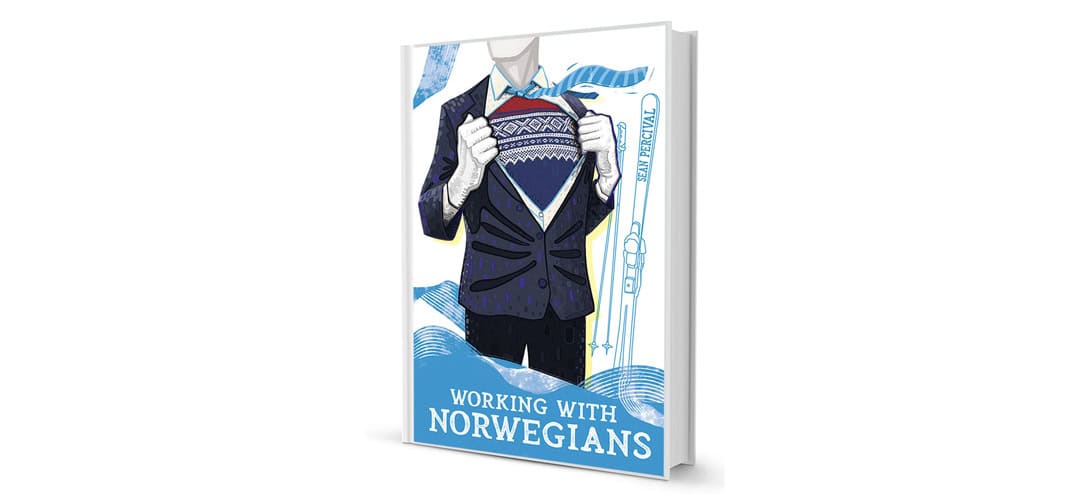The guide to the
work culture of Norway
Sean Percival presents his reflections and learnings, giving unique insights into the way Norwegians and Scandinavians do business. This outsider’s view is packed with tips and tricks so that foreigners and Norwegians can be better at doing business together.
Norwegian Work Culture
Janteloven
Resources
What’s Inside the Book
- Welcome to Norway!
- Norwegian Values at Work
- Working in Norway
- Etiquette, Gifting and Mixing Business with Pleasure
- Dealmaking in Norway
- Why Norway? A Closing
- Glossary of Norwegian Business Terms
- Typical Norwegians You Meet in the Workplace
- How to Move to Norway from USA
Latest Blog Posts
- Decoding Norwegian Men’s Flirting Techniques
- Understanding the Legal Status of Sex Work in Norway
- Dive into Traditional Norwegian Pinnekjøtt: A Comprehensive Guide
- Norwegian Julebrus: A Comprehensive Guide
- Julegave til Ansatte – Bedriftsgaver
